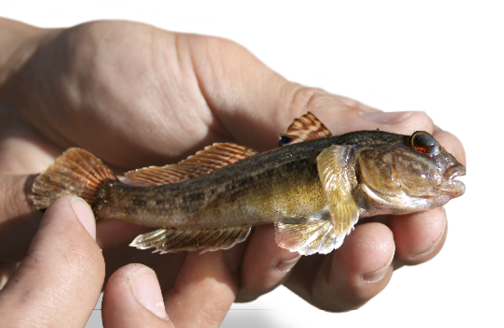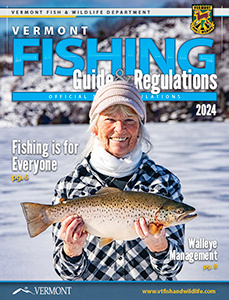Aquatic Invasive Species Laws
Prohibited Species
The possession of zebra mussels, quagga mussels, rusty crayfish, Asian clam, spiny water flea, fishhook water flea, and all aquatic plants is prohibited.
Vessel Inspections
All watercraft operators are required to inspect their own vessels and trailers and remove and dispose of all aquatic plants and aquatic invasive species prior to launching and upon leaving a state water.
Draining of Vessels
Prior to leaving state waters, all watercraft operators are required to drain their vessels, trailers, and all other equipment of water, including water in live wells, ballast tanks, and bilge areas. When transporting vessels on the road, all drain plugs, bailers, valves, and other devices that are used to control the draining of water must be removed or placed in the open position. Bait buckets, water hauling, and emergency-response vehicles are exempted from this requirement.
Mandatory Boat Inspections
Boat inspections are mandatory whenever a Vermont Department of Environmental Conservation (DEC) authorized inspection station is present, is open/staffed, and one’s vessel is identified as requiring inspection. Refusing to comply with a mandatory inspection and decontamination is considered a violation of state law.
NOTE: the term “vessel” means any type of watercraft that can be used as a means of transportation on water, including boats, canoes, kayaks, paddleboards, personal watercraft, and so on.
Aquatic Invasive Species Identification
It is illegal to possess or transport the following aquatic invasive species found in Vermont:
Rusty Crayfish

An invasive crayfish species that can displace native crayfish and destroy aquatic habitat. Rusty crayfish can reach 5 inches in length and can be identified by dark reddish spots on either side of their shell and large, strong, smooth claws that can be a brownish-olive color or a reddish-brown color with black or orange tips.
Alewife

Asian Clam

Spiny Water Flea

Water Chestnut

Variable-Leaf Watermilfoil

Zebra Mussel

Note: Transporting any aquatic plant or aquatic plant part, zebra mussel, or quagga mussel on the outside of a vehicle, boat, personal watercraft, trailer, or other equipment is illegal. Violators are subject to a penalty of up to $1,000.
Identifying the Round Goby

The invasive Round Goby has been found both in the Hudson River to the south and the Richelieu River to the north in Canada, spelling trouble for Lake Champlain’s world class fisheries.
Round Gobies are small, sculpin-like fish native to Eurasia, where they feed on aquatic invertebrates and are prey for many fish species. In North America, however, they are a devastating invader.
When gobies invade a waterbody, they aggressively out-compete native fish like darters and sculpins. Gobies also carry diseases that can spread to fish, waterfowl, and shorebirds. Most worrisome for anglers, gobies are extremely effective at raiding the spawning grounds of native sportfish like smallmouth bass and lake trout. Some studies have shown that gobies can clear a smallmouth bass nest of eggs in just fifteen minutes. In addition to displacing native fish, carrying diseases, and preying on fish eggs, studies show that goby invasions may also decrease bass populations over the long haul.
To prevent Round Gobies from invading Lake Champlain, make sure not to unintentionally help the fish navigate further up the Hudson: don’t move live fish from one waterbody to another and thoroughly clean and dry watercraft. Know how to properly identify round gobies and let us know if a round goby is caught or collected in any Vermont water.

